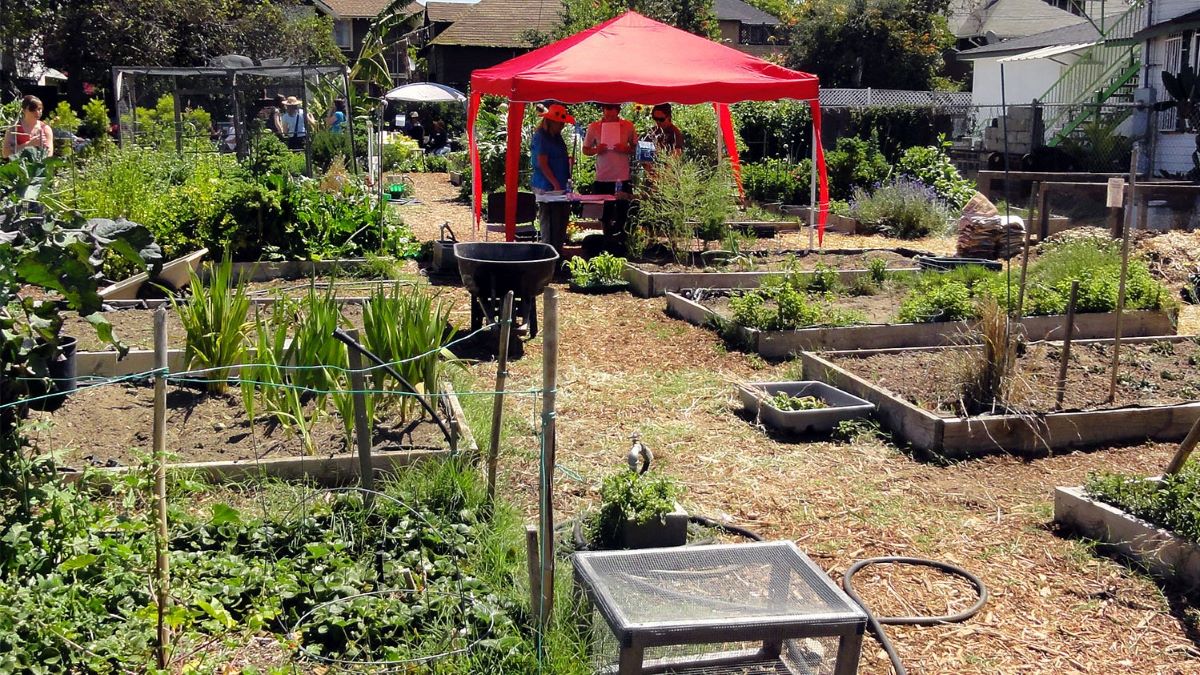
"A garden can save money on groceries and provide benefits like avoiding pesticides and GMOs, alongside the environmental advantages of locally grown food."
"Joining a community garden allows individuals with limited space to participate in gardening by working together on a shared plot of land."
"Getting support from community leaders is crucial, as they may offer approval for unused land to be converted into a community gardening space."
"Identifying potential members is essential for a successful community garden; spreading the word can help build interest and secure necessary resources."
Growing your own food offers savings on groceries as well as the advantage of avoiding harmful pesticides, insecticides, and GMOs. Additionally, it contributes positively to the environment. For those without sufficient space for a garden, community gardens present an excellent opportunity. By joining a community garden, individuals can share plots of land, making gardening accessible to everyone. Establishing a community garden involves securing support from community leaders and identifying interested members to ensure sustainability, as well as engaging in discussions about the structure and management of the garden.
Read at Earth911
Unable to calculate read time
Collection
[
|
...
]